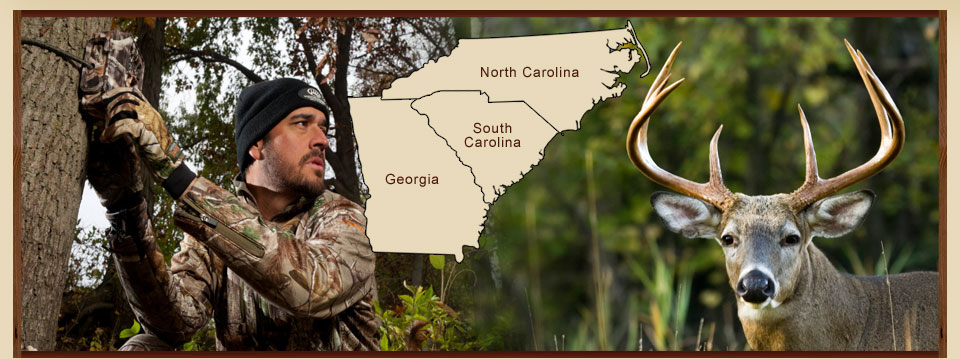I know before I write a single word there will be some, dare I say many who will disagree with these findings. For generations, families, and hunting companions have debated and argued over the belief in the moon and its impact on hunting.
As I have written on here many times, I have kept detailed records for years on the property we hunt. We are approaching our fifteenth year on the same piece of property and every hunt has been documented in detail. (More about that later). We include items such as date, temperature, wind direction and speed, moon phase, sightings by gender – number of does seen, and number of bucks seen along with the time of day these were seen. At the end of each year this information is tabulated to see if we can find any patterns and determining where and when we will hunt certain stands the following year.
I am not alone in this, Dr. Mark Conner has been GPS tracking mature bucks on his isolated land of the eastern shore of Maryland for over a decade and his findings are so similar to my ‘unscientific’ data that it was really remarkable. Conner found that after three years of GPS monitoring of mature bucks during the rut, that the moon phase had little to any impact on buck movement. During the day or night was irrelevant. Bucks would move and search for does when all other conditions were right. The one factor that had the most impact on buck movement was not the moon phase or position, rather the one factor that impacted buck movement was temperature.
After reading this, I too compiled my data to track sightings with temperature that was recorded in our hunt journal. We had the weather, temperature, winds and moon phase, I would gather all of the sightings and correlate them with the temperature and the findings were astonishing.
Over 85% of the bucks seen, and 93.2% of the mature bucks killed were killed when the temperature was below 47 degrees. Moon phase was irrelevant. Most bucks were seen and killed on the half-moon whether it was waning or waxing, the half-moon was by far the most productive. All of this information proves for me anyway that when trying to determine whether to hunt on a full moon or not, it really depends on how cold it is. If the temperature drops bucks will be on their feet. If it is warm, they will sit tight and wait for the colder weather to come.
The reverse of this is that in the south where deer are not accustomed to extreme cold, when the occasional arctic blasts hits and the temperature drops below around 25 degrees, deer will be on their feet constantly looking for food sources that will give them the calories they need to sustain through the cold. They will eat almost constantly. Whether they are recovering from the rut, or during it, the cold will dictate that food is a necessity. Finding the later season food sources can definitely put a big buck in your sights.
Generations have fought, argued and studied the moon phase and its impact on hunting. And I am sure the information I have written here will not impact many, but for those who are curious, the data is solid. If you want to really increase your chances at killing a mature buck, forget what phase the moon is in, and hope the mercury drops.




